Contact: ecc11-org (at) nonlineaire.univ-lille1.fr
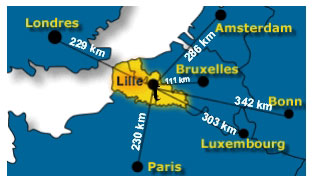
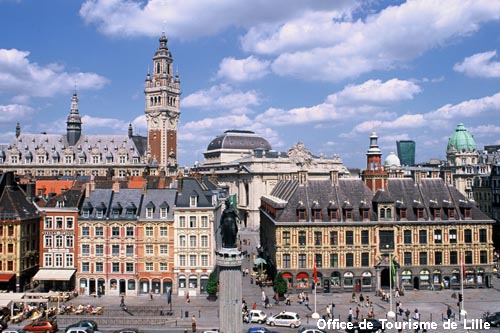
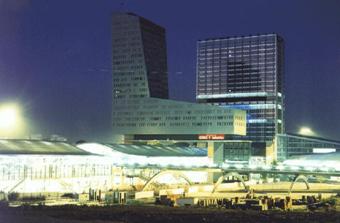
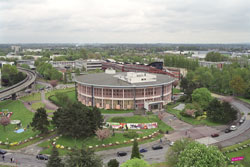
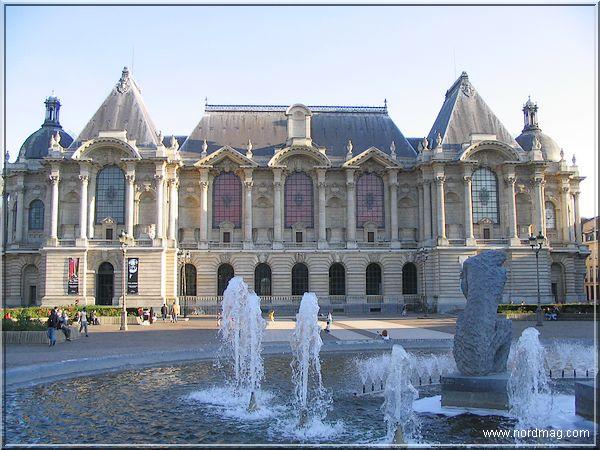
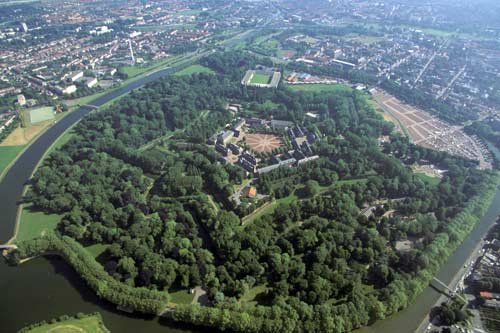
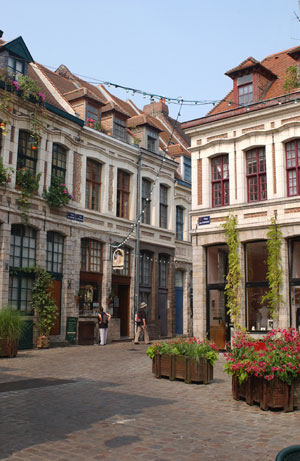
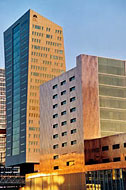
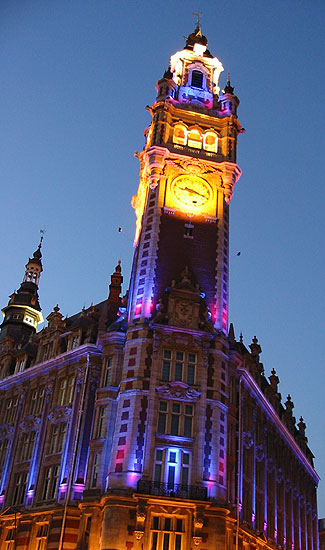
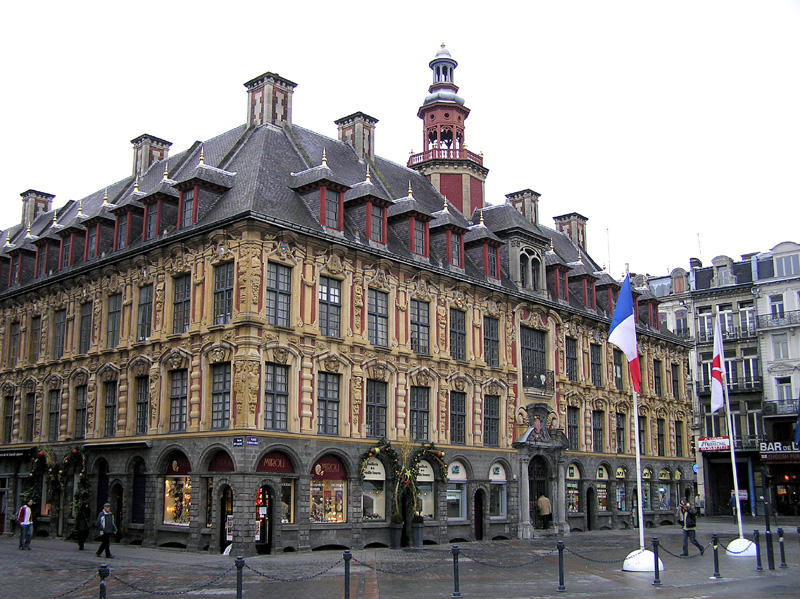
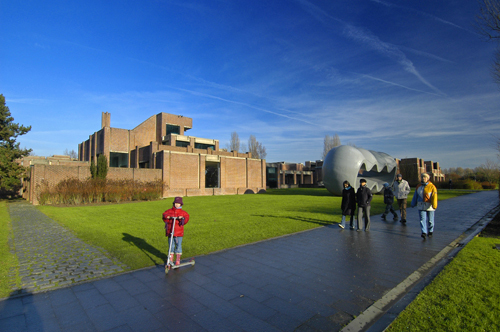

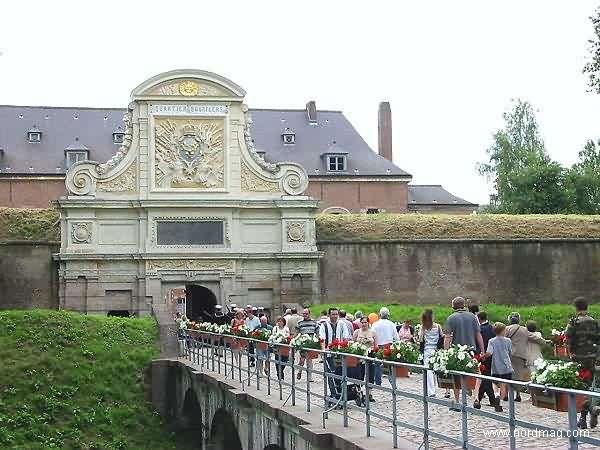

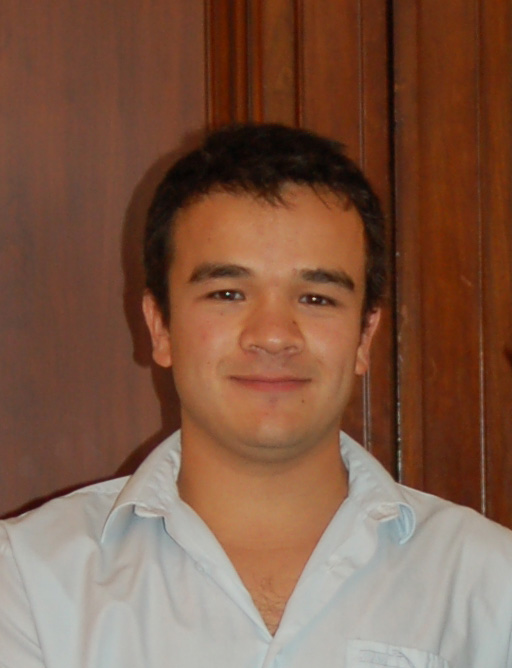
Rassul KARABALIN
Kavli Nanoscience Institute and Department of Physics, California Institute of Technology, Pasadena, CA, USA
Dr. Rassul Karabalin is a senior research scientist at the California Institute of Technology. He is an emerging young leader in the field of nonlinear nanoelectromechanical systems. As a member of the Michael Roukes research group, he is exploring NEMS as a tool for studying complex nonlinear behavior in discrete systems. He investigated the physical nature of nonlinear properties in NEMS and developed several methods of controlling nonlinearity. While exploring the dynamics of parametric resonators, he developed NEMS parametric amplifiers, nondegenerate parametric system in strongly interacting nanomechanical devices, and a technique of controlling the bifurcation topology of weakly coupled NEMS resonators. He succeeded at building an array of two strongly interacting highly nonlinear nanomechanical resonators, which led to experimental demonstration of dynamic state transitions and deterministic chaos. He also made significant contributions to the development of piezoelectric depletion-mode NEMS, analysis of nonlinear elasticity in NEMS, and nonlinear self-sustained NEMS oscillators.
Advances with nonlinear nanoelectromechanical systems (NEMS)
The emerging field of NEMS has recently spawned an exceptional growth of interest amongst research and engineering communities. In ongoing efforts it has been quickly discovered that these tiny mechanical structures, among their other remarkable attributes, possess very strong and easily attainable nonlinear characteristics. Along with the high attainable frequencies and precisely controllable major parameters of NEMS, it is now readily apparent that their nonlinear properties provide unprecedented opportunities. Among the most exciting are attaining substantial improvement in the performance of NEMS-enabled applications, and the use of coherently-coupled NEMS arrays, as an exceptional "playground" for experimental studies of complex nonlinear dynamics. In this talk I will review some of the remarkable advances made in the past decade with nonlinear NEMS. Parametric resonance is one of the most important examples of a useful nonlinear-enabled physical phenomenon. We have demonstrated various novel nanomechanical implementations this phenomenon. The most straightforward is parametric mechanical amplification, providing high linear gain and very substantial quality factor enhancement. Beyond such practical applications, parametric effects enable realization of new types of nonlinear system with nontrivial dynamical properties. Phenomena such as wide hysteresis and precisely controllable bifurcations can be observed and investigated in detail. Further, the ability to excite motion using only parametric pumping enables us to build self-sustained nonlinear oscillators manifesting unexpected properties.
Our recent work toward very large-scale integration of nanoelectromechanical systems (see nanovlsi.com), now makes feasible studies of the complex dynamics of arrays of coupled nonlinear devices. I will show that even a system of two interacting nonlinear nanomechanical vibrating structures, despite its apparent simplicity, manifests very rich dynamics -- including the strongly tunable nonlinearity, bistability, hysteresis, spontaneous amplitude modulation oscillations, and the onset of deterministic chaos in the nanomechanical domain. Together with our successful recent demonstration of NEMS-based self-sustained oscillators, advances with NEMS arrays offer the prospect of assembling and attaining synchronization in large coupled arrays of nonlinear oscillators. The unprecedented level of control of the underlying physical parameter space provides an exceptional opportunity to investigate the properties of such phenomena as correlated noise reduction, pattern formation, and soliton propagation.
We anticipate that nonlinear NEMS and NEMS arrays will play a very central future role in substantially deepening our theoretical and experimental understanding of nonlinear systems. This work is done in collaboration with Professors Michael Roukes and Michael Cross (Caltech, Professor Ron Lifshitz (Tel Aviv), and Philippe Andreucci and coworkers at CEA/LETI-MINATEC in Grenoble in the Caltech/LETI partnership - the Alliance for Nanosystems VLSI (nanovlsi.com).